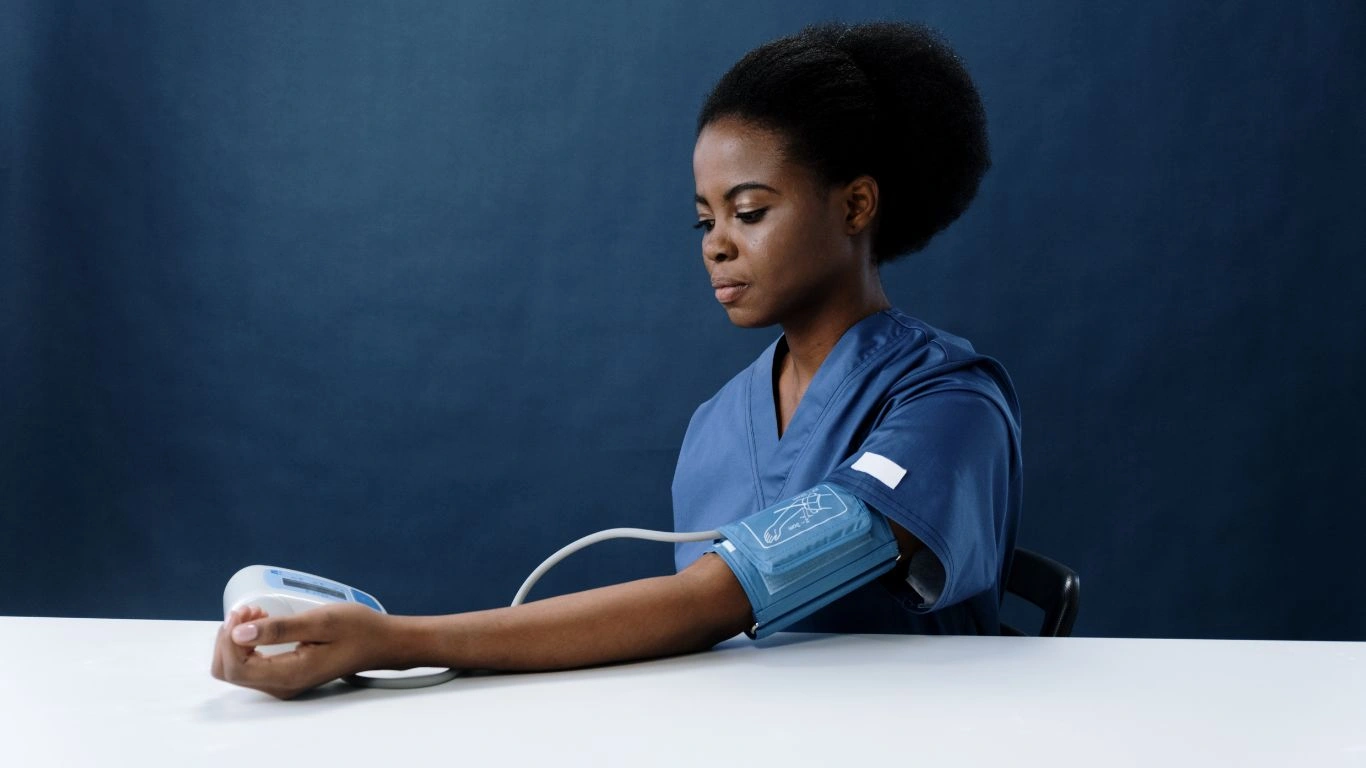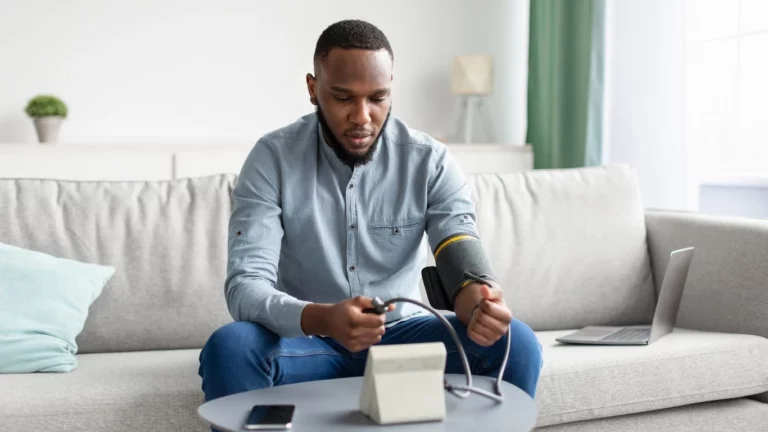Sleep Positions for Optimal Blood Pressure: How Your Sleep Habits Can Help Manage Hypertension
Ever wondered how your sleep position could affect your blood pressure? Believe it or not, the way you sleep at night can have a significant impact on your heart health, especially when it comes to controlling blood pressure levels. In this article, we’ll dive into the best sleep positions for optimal blood pressure and how you can tweak your sleep habits for better health.
Why Sleep Positions Matter for Blood Pressure
Blood pressure is the force that blood exerts on the walls of your arteries as your heart pumps it around your body. When blood pressure is consistently high, it can cause serious health issues, including heart disease and stroke. But did you know that your sleep position can influence how your heart works overnight? 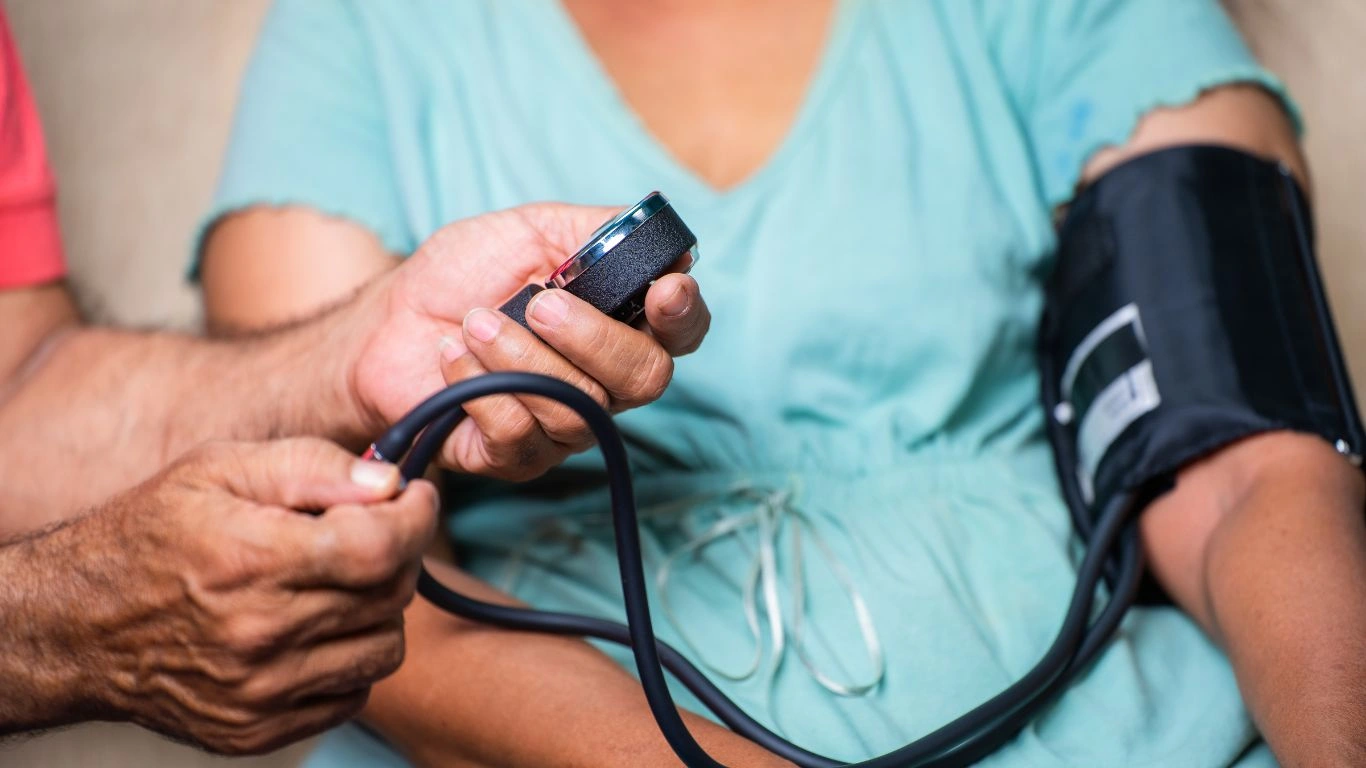 Some positions put more pressure on the heart and may affect the way your body circulates blood. Meanwhile, others can promote better relaxation and optimal blood flow, which could help manage blood pressure levels. So, let’s figure out which sleep positions can help support heart health.
Some positions put more pressure on the heart and may affect the way your body circulates blood. Meanwhile, others can promote better relaxation and optimal blood flow, which could help manage blood pressure levels. So, let’s figure out which sleep positions can help support heart health.
Best Sleep Positions for Blood Pressure Control
If you’ve been struggling with high blood pressure, there’s good news: choosing the right sleep position could help. Here are a few positions that might be more beneficial:
1. Sleeping on Your Left Side
If you’ve ever been told that sleeping on your left side is the best for blood pressure, you’ve heard right. This position is often recommended because it may reduce the pressure on your heart, promoting better circulation. The position allows blood to flow more easily back to the heart, which may contribute to lower blood pressure levels.
2. Sleeping on Your Back (With a Pillow Under Your Knees)
If you prefer to sleep on your back, that can also be a great option for blood pressure regulation, but there’s a catch. To ensure you’re not putting too much pressure on your veins and arteries, you should place a pillow under your knees to keep your legs slightly elevated. This can help relieve pressure on your lower back and prevent the constriction of blood vessels, which may aid in reducing blood pressure. 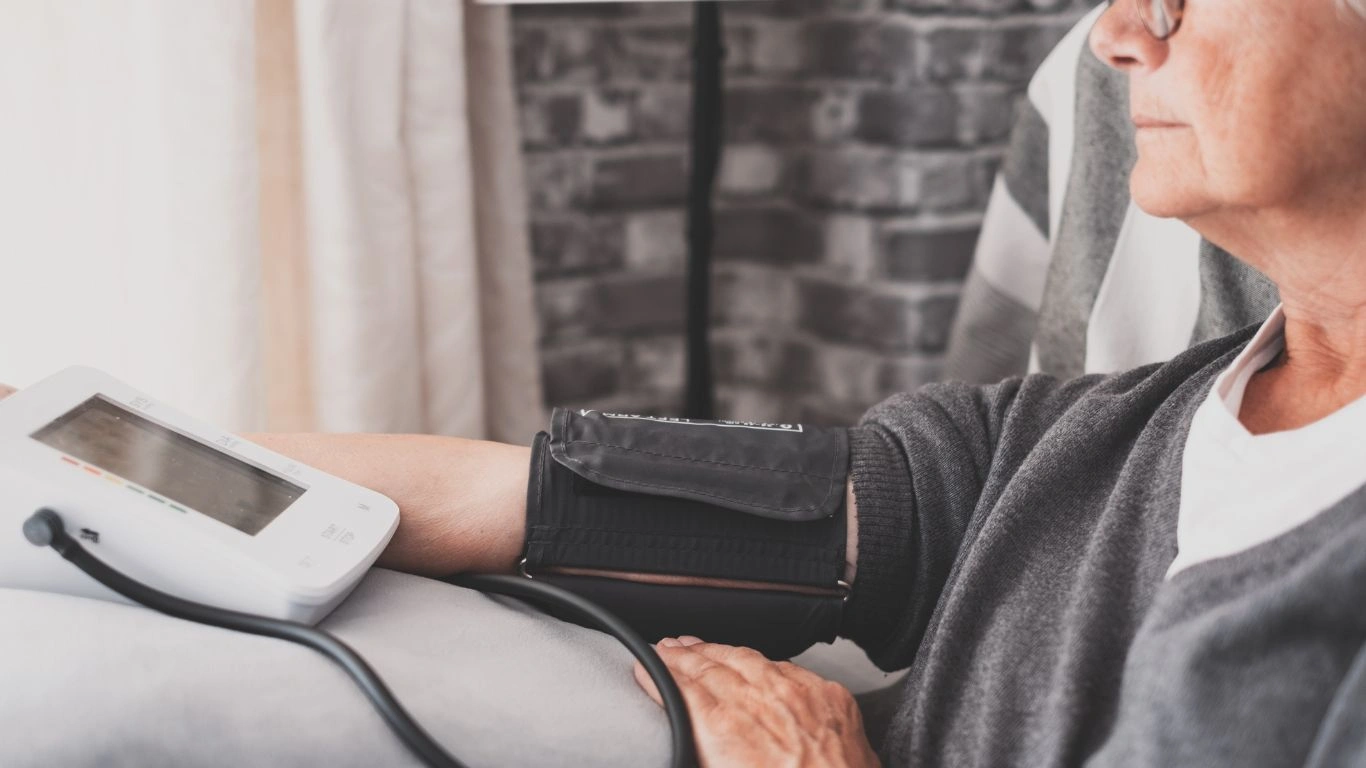
3. Fetal Position (With Moderation)
The fetal position, where you curl up on your side, can also have benefits for blood pressure, but it’s essential not to overdo it. A tightly curled fetal position can restrict blood flow, so make sure to keep the body relaxed. You want your body to be in a loose, slightly bent position—think of it like you’re hugging a big pillow. This position can help reduce pressure on the heart, and if you’re a side-sleeper, it may be one of the most comfortable ways to promote circulation without disrupting your blood pressure.
Positions to Avoid for Better Blood Pressure
Now that we’ve covered the best sleep positions, let’s take a look at the ones that may not be as beneficial for blood pressure control.
1. Sleeping on Your Stomach
Sleeping on your stomach can place pressure on your neck and spine, which might disrupt circulation. The position could lead to misalignment in your body, making it harder for blood to flow freely. This can increase the strain on your heart and raise blood pressure. Additionally, stomach sleeping can sometimes cause breathing issues, which might further impact heart health. If you’re struggling with high blood pressure, it’s best to avoid this position.
2. Sleeping with Your Head Propped Up Too High
Elevating your head too much while you sleep can also interfere with blood flow. While a slight elevation of the head is helpful, a pillow that’s too high could cause your neck to be misaligned, which might hinder proper circulation. The key is to keep your body in a neutral position, allowing blood to flow freely.
Additional Tips for Optimizing Blood Pressure While Sleeping
Aside from adjusting your sleep position, here are a few other tips that could help manage your blood pressure as you sleep:
1. Stick to a Sleep Routine
Going to bed at the same time every night and getting a consistent amount of sleep is essential for heart health. Irregular sleep patterns can increase stress levels, which can, in turn, raise blood pressure. Aim for 7-9 hours of sleep each night to allow your body to rest and recover.
2. Create a Relaxing Sleep Environment
Before bed, try to wind down with relaxing activities like reading or listening to calming music. Reducing stress before bedtime can help lower your blood pressure and make it easier to fall asleep. A cool, dark, quiet room can also promote better sleep and heart health.
3. Monitor Your Blood Pressure Regularly
Keeping track of your blood pressure can help you understand how different sleep positions and habits affect your heart. If you notice a significant improvement after switching positions or sticking to a regular sleep schedule, that’s a great sign!
Conclusion
When it comes to managing blood pressure, small changes can make a big difference. By paying attention to your sleep position, you may be able to improve circulation and support heart health. While sleeping on your left side and elevating your legs can be especially beneficial, finding the right position for your body is key to better sleep and blood pressure control. 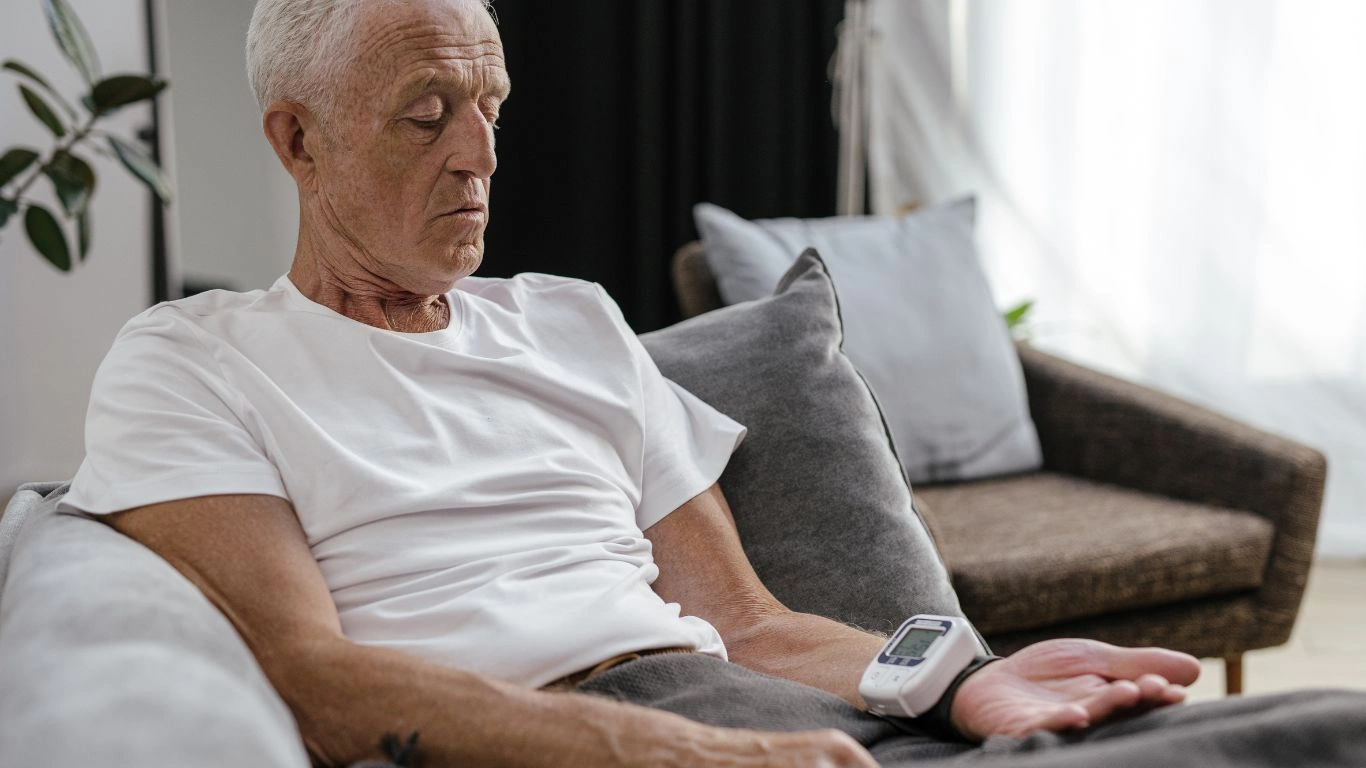
Appendices
References
For further information on sleep positions and managing blood pressure, check out these resources:
- American Heart Association (2023). Sleep and Hypertension: How Your Sleeping Position Affects Blood Pressure. Read Article
- National Sleep Foundation (2024). The Role of Sleep in Managing Hypertension. Read Article
- Journal of Hypertension (2022). The Impact of Sleep Positions on Blood Pressure Control. Read Article
FAQs
- Can sleeping on your left side really lower blood pressure? Yes, sleeping on your left side can help reduce the pressure on your heart, promoting better circulation and potentially lowering blood pressure levels.
- Is sleeping on your back with elevated legs good for blood pressure? Yes, sleeping on your back with a pillow under your knees can help relieve pressure on blood vessels and reduce strain on the heart.
- Should I avoid sleeping on my stomach if I have high blood pressure? Yes, stomach sleeping can put pressure on your neck and spine, which may disrupt circulation and raise blood pressure.
- How much sleep do I need for optimal blood pressure? Aim for 7-9 hours of restful sleep each night. A consistent sleep routine can help regulate blood pressure and promote heart health.
- What’s the best way to track my blood pressure at home? You can use a home blood pressure monitor to regularly track your levels. Make sure to follow the instructions for accurate readings.
Disclaimer: The information provided in this article is for educational purposes only and does not substitute for professional medical advice. Always consult your healthcare provider for personalized guidance on managing blood pressure and improving heart health.

Dr. Gwenna Aazee is a board-certified Internal Medicine Physician with a special focus on hypertension management, chronic disease prevention, and patient education. With years of experience in both clinical practice and medical writing, she’s passionate about turning evidence-based medicine into accessible, actionable advice. Through her work at Healthusias.com, Dr. Aazee empowers readers to take charge of their health with confidence and clarity. Off the clock, she enjoys deep dives into nutrition research, long walks with her rescue pup, and simplifying medical jargon one article at a time.
